
PREPAIRING TO BRING YOUR NEW PUPPY HOME
Crates
These come in all sizes, depending on your dogs potential. I
would discuss with your local supplier. I would recommend one
with a divider so as the dog grows so does the space. This is
good if adults are going to use cages as well and maybe to use
as a birthing den.
Travel Carrier
Your puppy may arrive in a plastic carrier. They are excellent
for travel but NOT recommended for a home crate, For many dogs
they are fine, But remember your Labradoodle was cooped up in
this for a long time and will not be comfortable to have to live
in it as well, Also In my opinion they are too confined and will
make your puppy feel banished from the family. The open wire
crate will make your puppy feel part of the family while being
restrained while you are not able to supervise. The wire crate
you will find takes up no more room that a basket and can be
dressed up with a see through curtain to blend with the décor of
your home. They also will fold up for you to take with you when
visiting or on vacation.
Collars
Collars are a personal choice, But my recommendation is to
always use a check collar [sometimes inappropriately called
choke collar] This collar when fitted correctly acts as an
instant reward system, You should ALWAYS lead your puppy with a
slack leash. When the leash is loose so is the collar and when
the dog pulls the collar tightens Thus helping to teach your dog
not to pull.
There is also a Check collar, the difference being it is a long
link chain. The long links will not tangle in the dogs coat and
will not damage the hairs. Another advantage of the chain collar
is it gives the god warning that it is going to tighten when the
dog ventures forward to much. The chain will quietly “clink
clink” as the ring slips along the long links.
Walking your dog on a “fixed” collar is not advisable especially
when young and learning as it will instinctively teach your dog
to pull, causing discomfort to the dogs windpipe and a less than
a pleasant walk for you. If you have taught your dog to walk on
a leash properly you should be able to have a bag of groceries
in each arm and the dogs leash over two fingers and not feel a
tug from your dog!!! DO NOT use a retractable leash until your
dog understands how to heal gently at your side when asked, then
go forward “Off you go play” when offered and return to heal
again when asked.
The Adjustable fixed collar is ideal for wearing in the home
with your dogs name tags. Webbing is easy on the coat and dries
quickly when swimming or in the snow and can be adjusted as the
puppy grows.
Treats
Baked dry liver treats and jerky are great tasty training
treats, Another training treat I like is Cheese cubed small and
left overnight to dry then put in an airtight container, Cheep
and nutritious.
Pigs ears and Trotters are good clean house and crate chews that
last longer. They will not damage teeth. Do Not give the High
density smocked BONES to your dog, they are cooked and can
splinter and will damage your dogs teeth.
Raw hide Bones and treats are also good chew toys that will last
a while, Beware of colored treats as they may leave a mark on
your carpet! Also we do not want to feed to much colors and
preservatives to our family.
Grooming
A slicker brush [Soft for puppies and hard for adults] Is your
main grooming tool
A Comb with a medium fine side and a wide side are used to make
sure you have not missed a spot when you slicked.
When you have finished grooming your dog it is VERY important
you spray your dog with water and pat down the fluffy coat to
restore the waves and curls. If you do this it will prevent
knots.
Matt Breaker………….This is a great tool, it has blades
that gently cut and thin out the mats. This tool is also used
each week to thin out the coat when your puppy reaches
adolescence at age 10-14 months of age, During this time your
dogs coat will thicken and mat VERY quickly. It happens for
about 2-3 months while the coat changes from puppy to permanent
adult. During this difficult time you need to groom 1-2 times a
week for a few weeks till you notice the coat is thinner and no
longer getting knots, when this happens you can go to a once a
month groom and you will maintain a luxurious flowing non
shedding coat.
Undercoat stripper, Labradoodles do not have an undercoat but
this tool is great for wool coats and during the change time
described above. If your Labradoodle has a dense coat this tool
you will find compliments the Slicker very well.
Nail Trimmer
Any style nail trimmers are suitable to use, Ask your Vet or
groomer to show you how to use them if you are not sure.
Barriers
There are lots of different pet and child barriers, they are
mostly used to block stairways and doorways to contain your
puppy to the OK parts of the house. Stairways are very important
as young puppies should minimize running up and down till they
are over 12 months of age to protect there joints during growth.
Window vents are a must in case you have to unexpectedly leave
your pet in the car for a while. [NEVER on hot days] Always
remove your dog from a stationary car on hot days.
Toys
Almost any toy will be just fine, Here are some favorites of
mine.
Treat Ball……Fill it with treats and your puppy/dog will
spend hours playing with it as the treats drop out to keep him
enjoying the fun.
Another Treat Ball that does it all while giggling when the dog
rolls it!!
LATEX toys are great, Unlike Vinyl toys that your puppy will
chew holes in, The Latex toy will take a lot of chewing. For
more information please visit my website at:
http://www.ohiolabradoodle
s.com
Send mail to [email protected] with questions or
comments Copyright © 2001 MELORICH LABRADOODLES
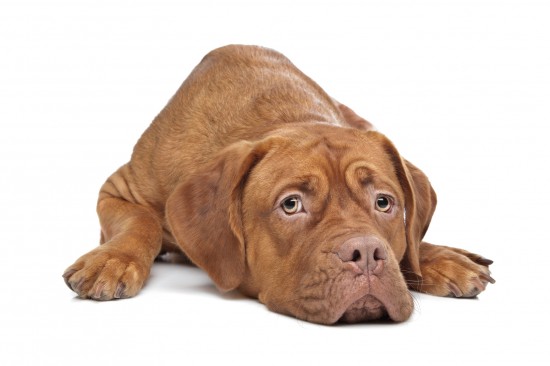 5 Ways You Could Be Stressing Out Your Dog
5 Ways You Could
5 Ways You Could Be Stressing Out Your Dog
5 Ways You Could
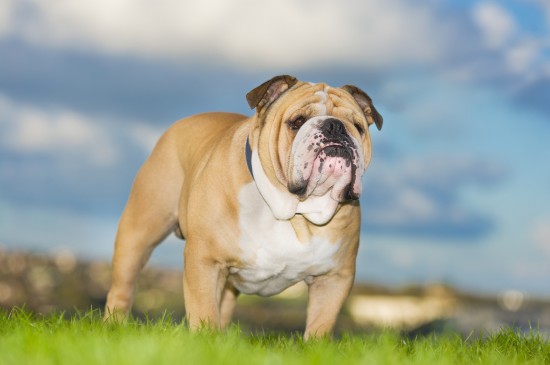 Bulldog Traits, Care And Temperament
Bulldog Traits, C
Bulldog Traits, Care And Temperament
Bulldog Traits, C
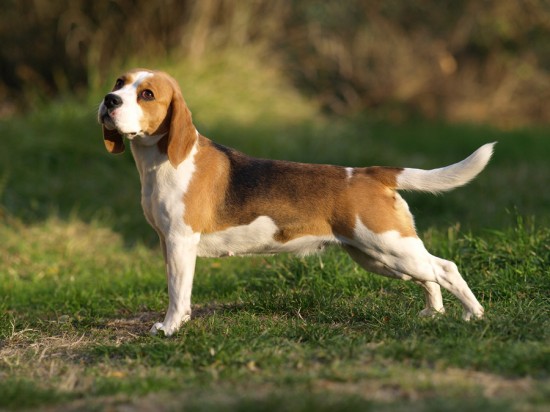 Breed Lines And Breed Standards
Breed Lines And B
Breed Lines And Breed Standards
Breed Lines And B
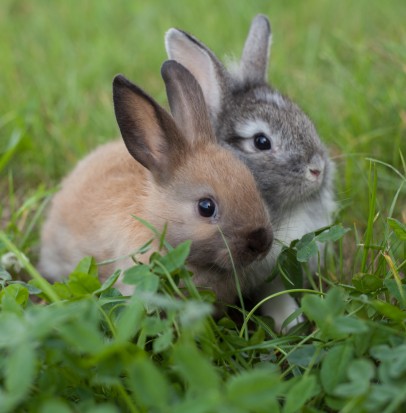 Mating, Gestation And Birth With Small Breed Rabbits
Mating, Gestation
Mating, Gestation And Birth With Small Breed Rabbits
Mating, Gestation
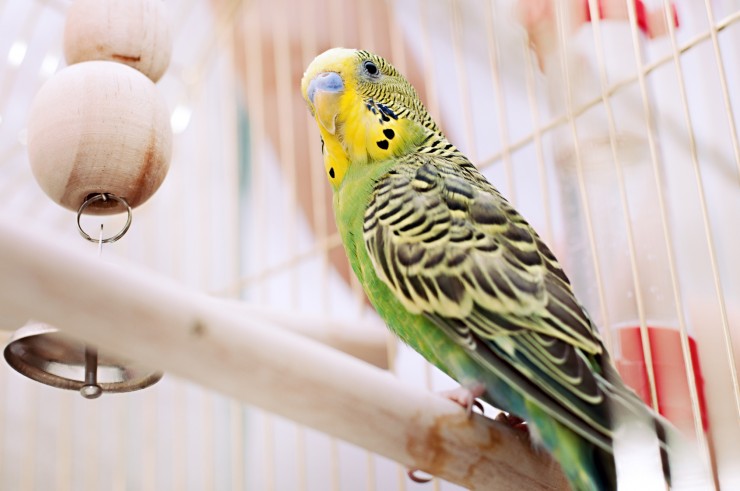 Tips Of How To Teach Pet Birds To Repeat Nice Things
Tips Of How To Te
Tips Of How To Teach Pet Birds To Repeat Nice Things
Tips Of How To Te
Copyright © 2005-2016 Pet Information All Rights Reserved
Contact us: www162date@outlook.com